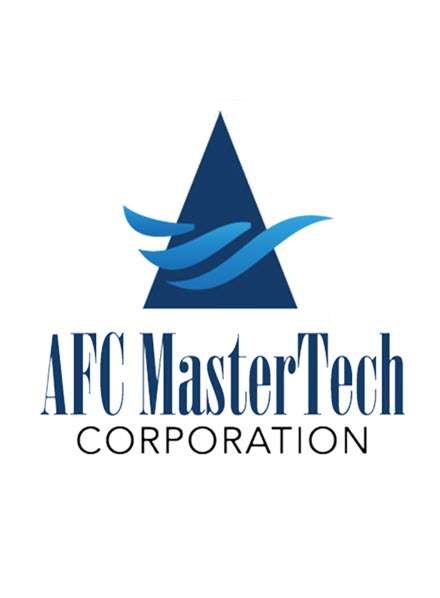The success of a restaurant is a harmonious blend of excellent cuisine, impeccable service, and a welcoming ambiance. While the first two aspects are often the focal points, the importance of restaurant design should not be underestimated. The way a restaurant is designed plays a pivotal role in shaping the dining experience and, ultimately, impacting the bottom line. In this article, we’ll explore the various facets of restaurant design and how they influence your restaurant’s profitability.
1. First Impressions Matter
The restaurant’s exterior and entrance create the first impression for diners. A well-designed facade and an inviting entrance can pique the curiosity of passersby and draw them in. A memorable first impression can lead to increased foot traffic and higher customer retention rates.

You’re probably asking yourself the same question Arriz has asked herself plenty of times: if a home is newly built, s
2. Layout and Flow
Efficient space utilization is essential for a smooth dining experience. An intuitive layout that minimizes congestion and allows for easy navigation can increase table turnover rates, accommodating more customers and boosting revenue.
3. Seating Arrangements
The choice of seating arrangements, whether it’s cozy booths, communal tables, or private dining areas, can influence diners’ comfort and preferences. Well-planned seating can cater to different group sizes and dining styles, enhancing customer satisfaction and revenue potential.
4. Lighting and Ambiance
The right lighting sets the mood and ambiance of the restaurant. Dim, warm lighting creates an intimate atmosphere, while bright lighting fosters a lively and casual feel. Striking the right balance can encourage customers to linger, order more, and return for future visits.
5. Color and Decor
The color scheme and decor contribute to the overall theme and identity of the restaurant. The choice of colors and decorative elements should align with the restaurant’s concept and appeal to the target audience. A well-curated decor can enhance the dining experience and attract a loyal customer base.
6. Acoustics
Sound levels in a restaurant can significantly affect diners’ comfort and enjoyment. Proper acoustic design, such as sound-absorbing materials and strategic placement of furnishings, can reduce noise levels and enable conversations, leading to longer dining durations and increased orders.
7. Restrooms and Cleanliness
Clean and well-maintained restrooms are a reflection of the restaurant’s overall hygiene and attention to detail. A positive restroom experience leaves a lasting impression on customers and contributes to their overall satisfaction.
8. Efficiency in the Kitchen
Restaurant design extends beyond the dining area to the kitchen. An efficiently designed kitchen layout can improve food preparation times, reduce errors, and enhance service speed. This efficiency can lead to quicker table turnover and increased revenue.
9. Branding and Identity
Consistency in design elements, such as logos, signage, and menu presentation, reinforces the restaurant’s branding. A strong brand identity fosters customer recognition and loyalty, encouraging repeat business and word-of-mouth referrals.
10. Adaptability to Trends
A flexible restaurant design allows for adjustments to accommodate changing trends and customer preferences. Being able to quickly adapt to new dining styles or technology innovations can help the restaurant stay competitive and relevant in the market.
In conclusion, restaurant design is a crucial ingredient in the recipe for a successful dining establishment. It shapes the initial impression, influences the dining experience, and impacts customer satisfaction and loyalty. A well-thought-out design can lead to increased foot traffic, higher revenue, and long-term profitability. Restaurant owners and managers should consider design elements carefully, recognizing their potential to influence the bottom line and contribute to overall success in the highly competitive restaurant industry.






